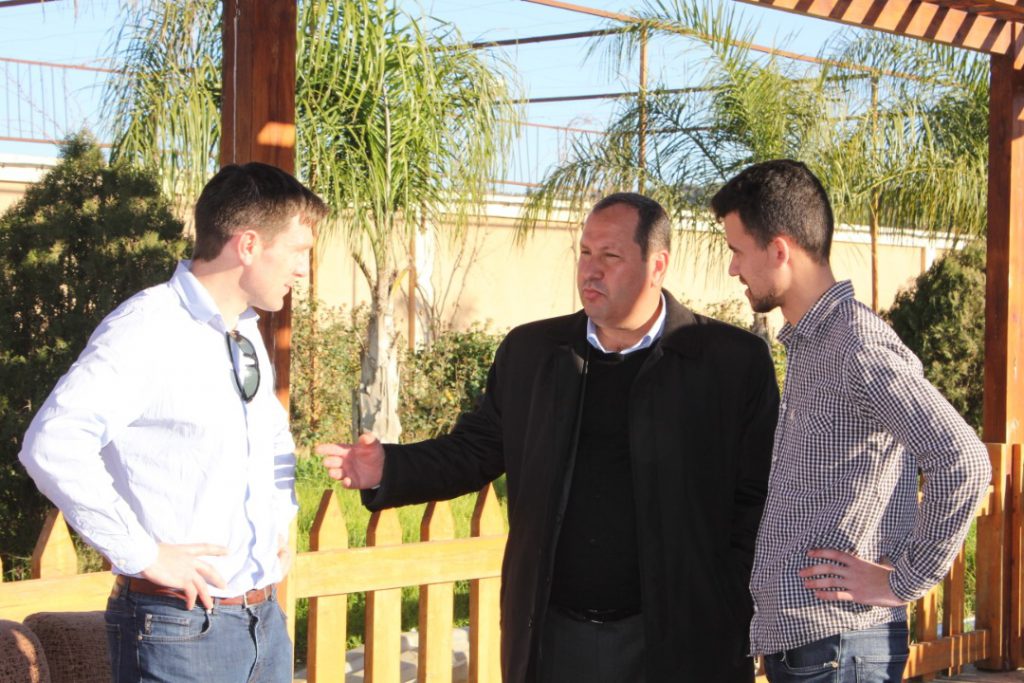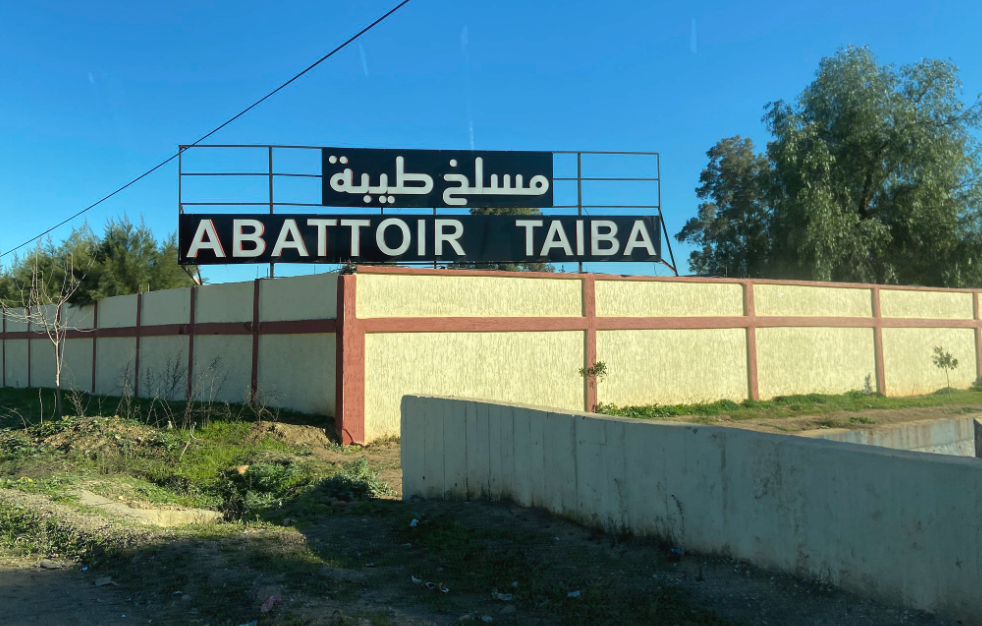Reporting from Algiers, Algeria
Another day; another interesting visit.
This time, AgriLand – alongside representatives from the Department of Agriculture, Food and the Marine, Bord Bia, and members from the Livestock Exporters Association – visited the slaughterhouse and import yard of Salah Boukhiar and his family.
The visit was organised as part of the trade mission to Algeria.
The family import approximately 14,000-15,000 bulls and dairy cows each year, with 90% of the bulls originating from France and the remaining 10% coming from Spain.
The bulls are either sold on to local farmers for further feeding, or slaughtered and processed in a newly-constructed, modern slaughterhouse, namely Abattoir Taiba.
Mr. Boukhiar slaughters his own bulls from the feedlot, but also provides a slaughtering service for farmers in the region; sheep are also slaughtered and processed at the facility.
Each day, 40 bulls and 80 sheep are slaughtered; however, the plant has a maximum capacity of 500 head.
Mr. Boukhiar visited Ireland in November of last year, as part of a tour organised by Bord Bia, and at the time of the Irish delegation visit, he outlined his desire to build a partnership with Irish exporters.
He also expressed his interest in not only live cattle, but also different beef cuts – both fresh and frozen.
Why import 90% of bulls from France?
Apart from the good-trading relationship between France and Algeria, there are a number of reasons why the company relies heavily on French animal imports.
Firstly, Mr. Boukhiar explained that the similar climate between Algeria and France offers a distinct advantage, as cattle can adapt and settle rather quickly on arrival.
Secondly, Spain can only export finished bulls to the north African country; there is no health certificate approved – for fattening bulls – between Algeria and Spain.
Ireland now has three separate health certificates agreed and signed for the export of breeding, fattening and slaughter weight cattle to Algeria.
Also Read: New health certificate agreed for Irish slaughter weight cattle to AlgeriaThe slaughterhouse
The slaughterhouse located near Chlef, between Algiers and Oran, was constructed in May 2019.
To promote and encourage this type of venture, the site was procured for free, and no tax is paid for the first three years of operating.
Animals are housed in an on-site unit prior to slaughtering, which commences at 4:00am daily.
Mr. Boukhiar explained that the ideal carcass weight is 420-450kg originating from a liveweight of 670-700kg. The carcass is split into two sides, before being sold on to local butchers – who then sell the meat to restaurants and customers.
The refrigerated slaughterhouse works similar to Ireland. Animals are off-loaded in the lairage and pass through the abattoir before finally ending up in a chilled room.
Additionally, the bulls are not weighed before slaughter, but carcass weighing is carried out post-slaughter, before being sold relatively fresh.
The import yard
After the tour of the slaughterhouse, the Irish delegation then moved to Mr. Boukhiar’s sizeable import yard – located approximately 20-30 mins from the slaughtering facility.
A consignment of bulls had arrived the previous day; the bulls that are imported can weigh anywhere from 200kg to 500kg, with this particular consignment averaging 455kg.
The main breeds include pedigree Limousin, Aubrac and Charolais – all originating from France, where they were purchased from a co-op.
Also Read: Beef focus: Exporting over 1 million live cattle in FranceThe bulls were located in straw-bedded pens – equipped with fans – and penned according to breed, with the number per pen dictated by pen size; they were fed a straw diet to allow adjustment.
The bulls arrive into Port Tenes, located some 40km away from the yard, and make their journey to the unit via livestock-carrying trucks – which have a capacity of 10-20 head depending on size.
Bulls purchased in France originate from IBR-free herds, but post-import sampling for IBR, brucellosis and leucosis is carried out a short time after arrival; no quarantine period is required in France.
But, a 14-day quarantine period is provided on Mr. Boukhiar’s farm, and a vaccination programme is also implemented; the bulls were being vaccinated against foot-and-mouth disease and rabies at the time of visit.
The tests are carried out by vets and the entire process can take one-to-two days depending on the size of the consignment.
As mentioned above, Mr. Boukhiar also imports a number of dairy in-calf heifers and cows – mainly from the Czech Republic.
From here, these Fleckvieh animals are sold in-calf or with calves at foot.








